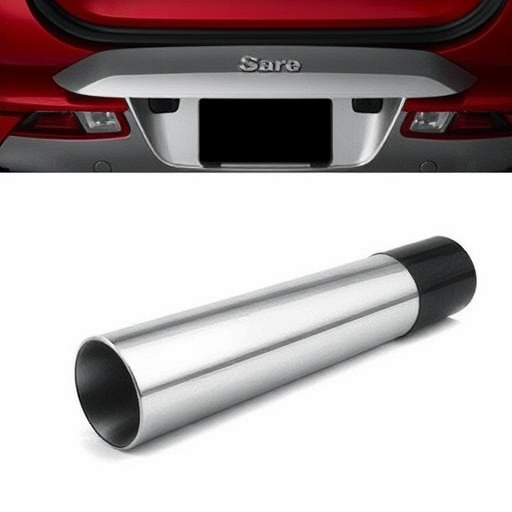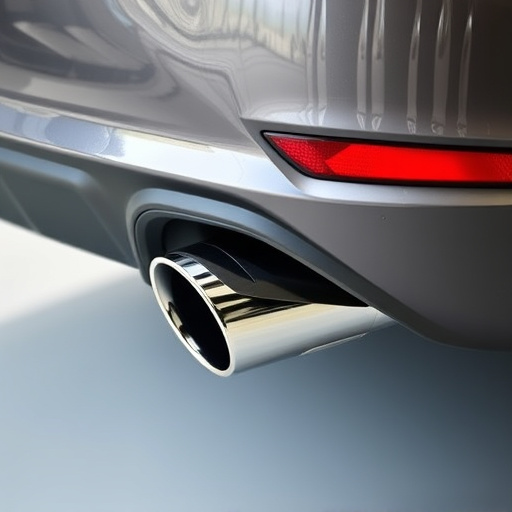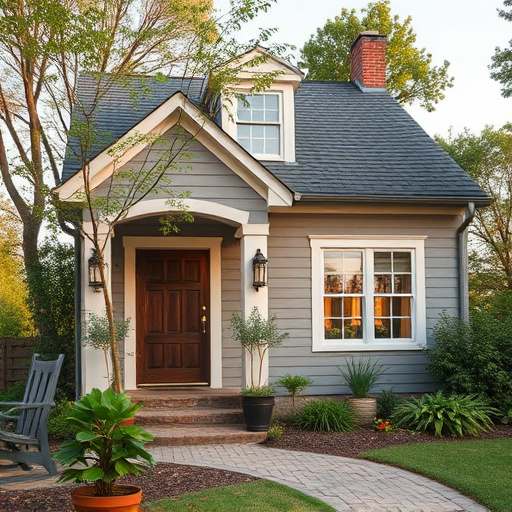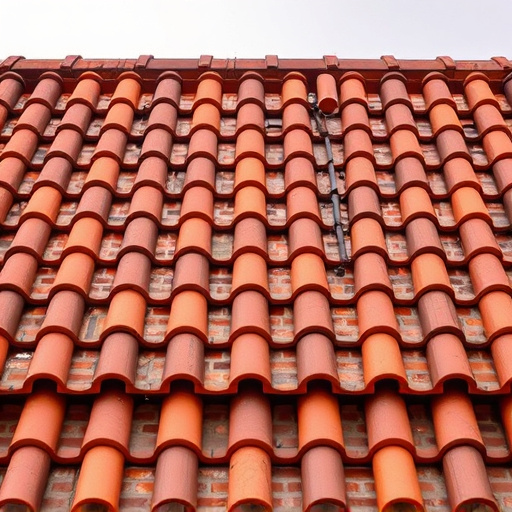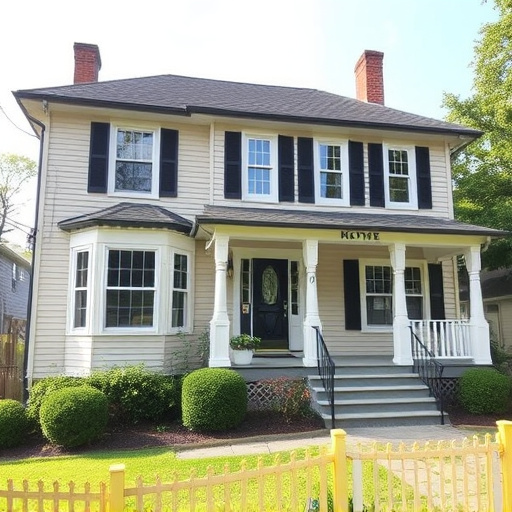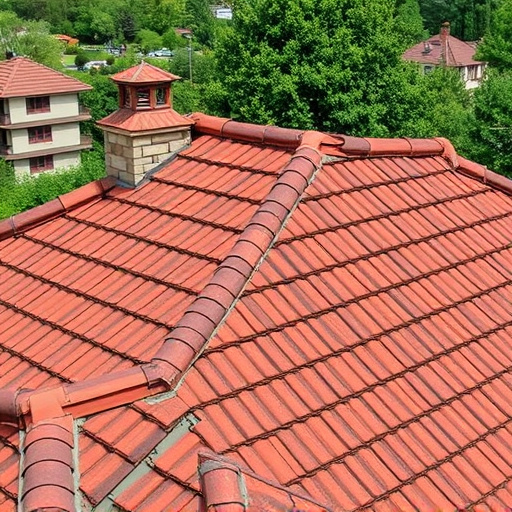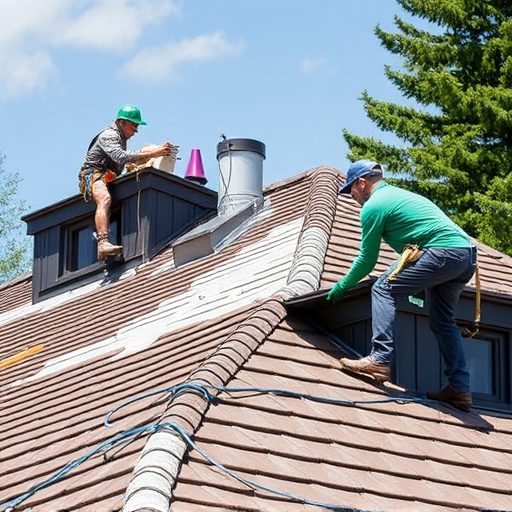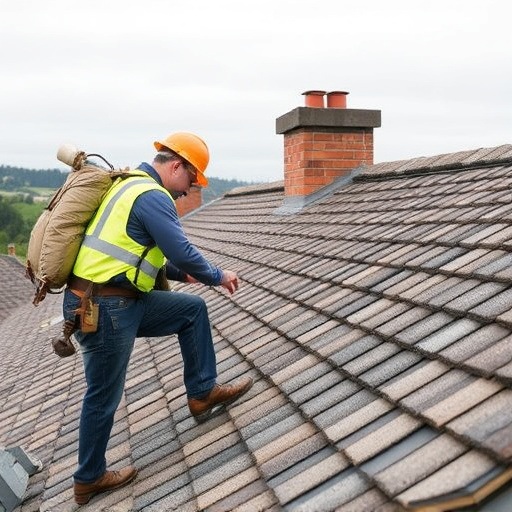Understanding insurance policies is crucial for roof maintenance. Policies cover storm damage and general wear but vary; homeowners should know their specific coverage. Regular inspections detect issues early, preventing costly repairs. Professional consultations ensure roofing integrity, energy efficiency, and insurance compliance. Preventative measures like gutter cleaning and protective coatings extend the lifespan of roofs.
Roof maintenance is a crucial aspect of home ownership, especially when it comes to insurance claims. Understanding your insurance policy’s terms regarding roof repairs can save you time and money. This article guides you through navigating these requirements, emphasizing regular inspections as a proactive measure. We’ll explore common roof issues and provide preventative tips to ensure your home’s protective barrier remains robust. Stay informed about roof maintenance to fulfill insurance expectations and safeguard your investment.
- Understanding Insurance Policies for Roof Repairs
- Regular Inspection: Key to Meeting Requirements
- Common Issues and Preventative Maintenance Tips
Understanding Insurance Policies for Roof Repairs
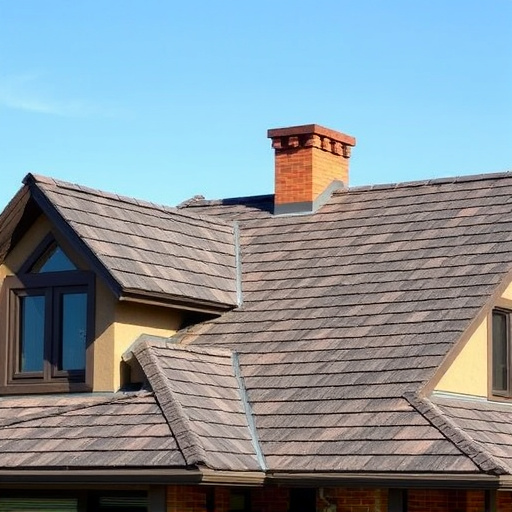
When it comes to roof maintenance, understanding your insurance policy is a crucial step. Insurance policies for residential roofing often cover repairs due to storm damage or general wear and tear. However, each policy varies, so it’s essential to read and understand the specific terms and conditions. Policyholders should be aware of what constitutes covered damage, such as broken shingles, leaks, or even siding and gutters in need of repair. By familiarizing yourself with these details, you can ensure that any roof maintenance requests align with your insurance provider’s requirements.
For instance, storm damage repair is a common area of coverage, especially for regions prone to harsh weather conditions. Policyholders should promptly report such incidents to their insurers. Additionally, regular maintenance like inspecting and replacing worn-out components can prevent minor issues from becoming major, costly repairs. Remember, proper care and an informed approach to roof maintenance can help avoid unnecessary expenses and ensure your residential roofing remains in top condition.
Regular Inspection: Key to Meeting Requirements
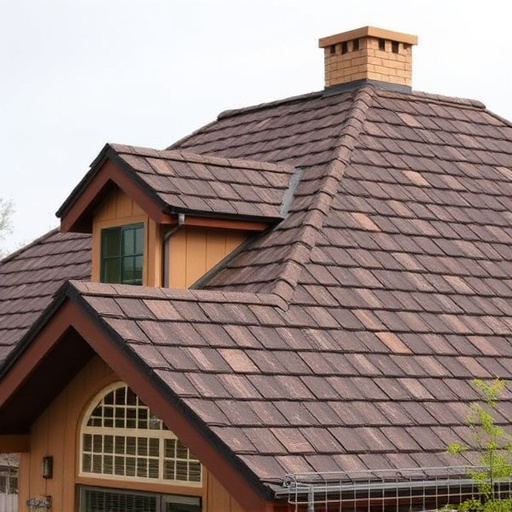
Regular inspections are an integral part of any comprehensive roof maintenance plan, especially if you want to meet insurance requirements. These routine checks allow for early detection of potential issues that could lead to costly repairs or claims. By scheduling regular inspections with a professional roofing consultant, you can ensure that your roof is in top condition and any minor problems are addressed before they turn into major headaches.
Such consultations often involve detailed assessments of the roof’s structure, shingles, flashing, and other components. A qualified roofer will check for loose or missing shingles, signs of water damage, proper drainage, and overall stability. This proactive approach not only helps in maintaining the integrity of your roof but also plays a vital role in keeping your insurance coverage valid. Many insurance providers require regular maintenance records to ensure that homes meet safety standards, thus preventing fraudulent claims related to neglect or substandard care.
Common Issues and Preventative Maintenance Tips
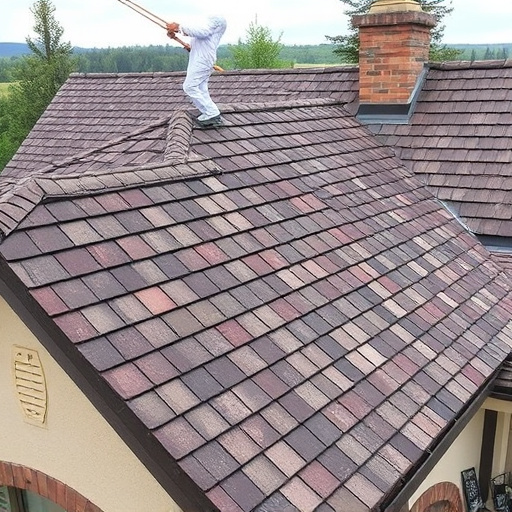
Roof maintenance is a critical aspect often overlooked until damage becomes visible. Common issues include missing or damaged shingles, flashing problems, and weak or rotten trusses due to water intrusion. Regular inspections can catch these issues early, preventing costly repairs. Preventative measures such as clearing gutters of debris to avoid water buildup, sealing gaps around vents and pipes, and applying protective coatings can significantly extend the lifespan of your roof.
Regular roof consulting by professionals is an excellent way to stay proactive. They can offer guidance on suitable roofing materials for your region and climate, recommend exterior home improvements to enhance energy efficiency, and ensure that any repairs align with insurance requirements. Incorporating these practices into your routine maintenance regimen will safeguard your investment in your home’s most valuable asset—its roof—and protect against unexpected damage claims.
Maintaining your roof is not only crucial for the structural integrity of your property but also a key factor in meeting insurance requirements. By understanding your insurance policy, conducting regular inspections, and implementing preventative maintenance tips, you can ensure your roof stays in top condition and comply with insurance standards. Regular care and attention to common issues will help avoid costly repairs and potential claims denials, making roof maintenance an essential part of home ownership.
